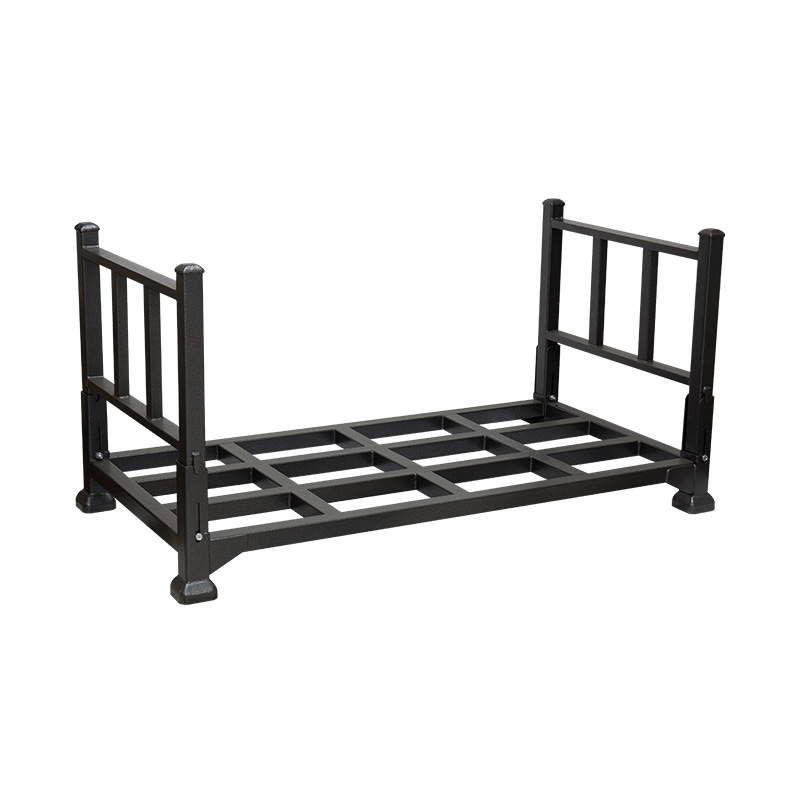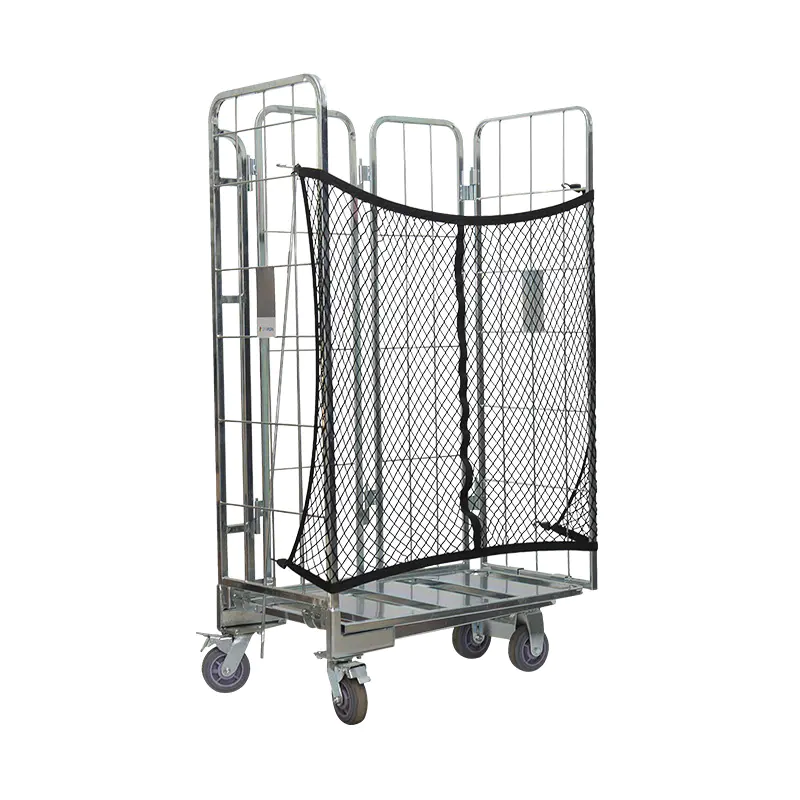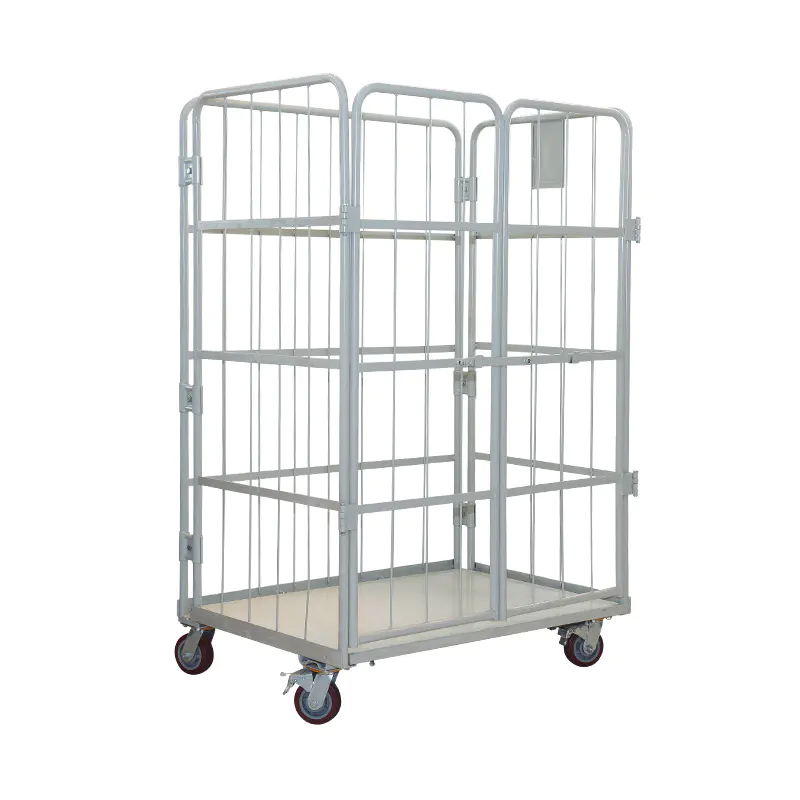Don't hesitate to send a message
Web Menu
Product Search
Exit Menu
Why is All-Round Visibility a Critical Safety Feature in Four-Gate Cages?
In the intricate ecosystem of modern logistics, warehousing, and retail operations, the choice of equipment is rarely arbitrary. Each piece, from the grandest automated storage system to the most humble hand truck, is selected for its ability to enhance efficiency, security, and, most critically, safety. Among these essential tools, the four-gate roll cage stands out for its robust and practical design. While its durability and organizational benefits are often lauded, one of its most fundamental yet underappreciated features is its all-round visibility. This characteristic, inherent in the very structure of a four-gate roll cage, is not a mere convenience but a critical safety feature that permeates every stage of its use, from the warehouse floor to the final point of sale.
The Fundamental Design: How a Four-Gate Structure Enables Unobstructed Views
The defining characteristic of a four-gate roll cage is its construction from four identical mesh panels that form its sides, each functioning as an access gate. This design stands in stark contrast to solid-sided containers or cages with only one or two access points. The use of heavy-duty welded steel mesh creates a secure enclosure that is, paradoxically, largely transparent. This structural transparency is the cornerstone of its safety profile.
The primary safety benefit of this design is the elimination of blind spots. In a busy warehouse or stockroom, a solid-sided container becomes a moving wall, obscuring the view of what—or who—is on the other side. This creates significant risks for collisions between personnel, forklifts, and other equipment. A four-gate roll cage, with its open mesh design, allows for visual penetration from virtually any angle. An employee operating a pallet truck can see through the cage to identify pedestrians or obstacles in their path. Conversely, a worker on foot can see the approach of machinery through the cage, giving them valuable seconds to move to safety. This bidirectional visibility transforms the four-gate roll cage from a potential hazard into a predictable and manageable element within a dynamic environment.
Furthermore, this unobstructed view is intrinsic to the design and requires no additional effort or technology to activate. It is a passive safety feature that is always “on,” providing constant situational awareness without relying on powered sensors or audible alarms that can fail or be ignored. The consistent application of the mesh pattern across all four sides ensures that no matter the orientation of the cage, its visibility profile remains unchanged. This reliability is crucial in high-pressure, fast-paced environments where cognitive load is high and reaction times are short. The design of the four-gate roll cage thus acts as a constant, silent guardian, mitigating risk through its inherent physical properties.
Enhancing Personnel Safety: Preventing Accidents and Injuries
The most immediate impact of all-round visibility is on the physical safety of the personnel who interact with these cages daily. The logistics and retail sectors are fraught with potential hazards, and material handling equipment is often at the center of incident reports. The transparent nature of a four-gate roll cage directly addresses several of these common risks.
Collision Avoidance is perhaps the most significant benefit. The movement of roll cages, whether pushed manually by staff or transported by powered equipment like pallet trucks or forklifts, is a primary activity in these settings. A solid container creates a large blind zone, making it easy for a worker to round a corner and collide with another person or for a forklift driver to be unaware of someone directly in their intended path of travel. The see-through nature of a four-gate roll cage dramatically reduces this risk. It allows operators to perform a visual check through the cage before moving, enabling them to confirm that their path is clear. This is a fundamental principle of warehouse safety that is physically built into the equipment itself.
Another critical area is the prevention of load-related accidents. A poorly stacked or overloaded cage is a tipping hazard. With a solid-sided unit, the integrity of the load is only visible from the top or an open front, making it difficult to conduct a quick visual inspection. With a four-gate roll cage, the entire load is visible from all sides. This allows staff and supervisors to easily assess if goods are stacked securely, if weight is distributed evenly, and if there is any risk of items falling out during transit. This immediate visual feedback is essential for pre-empting accidents where a cage might topple, potentially causing serious injury to anyone nearby. The ability to see a unstable load from multiple angles empowers employees to take corrective action before an incident occurs, reinforcing a proactive safety culture.
Moreover, in the event of an emergency, such as a fire or a person becoming trapped, the open mesh design of a four-gate roll cage can be a vital asset. Emergency responders can quickly see the contents of the cage and assess any secondary risks, such as hazardous materials. The structure also does not significantly impede ventilation or the dispersion of sprinkler water, unlike a solid container that could act as a barrier. This contribution to overall emergency preparedness is an often-overlooked aspect of its safe design.
Optimizing Operational Control and Inventory Management
Beyond direct physical safety, the all-round visibility of a four-gate roll cage plays a pivotal role in operational efficiency and inventory control. In business environments where time is money and accuracy is paramount, the ability to see what you have, and where it is, without physical interaction, translates into tangible benefits.
The process of inventory counting is a prime example. Conducting a stocktake in a facility filled with solid containers is a labor-intensive and disruptive process. It requires opening each container, manually moving items to see what is behind others, and meticulously recording findings, a process prone to human error. With a four-gate roll cage, the contents are immediately visible. A staff member can walk past a cage and, in most cases, perform an accurate visual count without ever opening a gate. This drastically reduces the time and labor required for cycle counts and full physical inventories, leading to more frequent and accurate stock data. For wholesalers and distributors managing vast product assortments, this visibility is a powerful tool for maintaining accurate stock levels and reducing costly discrepancies.
The efficiency gains extend to daily picking and packing operations. In a fulfillment center or a retail backroom, order pickers need to locate specific items quickly. A cage filled with mixed goods can be visually scanned in seconds from a distance, allowing the worker to identify if their target item is within that unit. This eliminates the need to approach and open multiple cages, saving valuable seconds on every pick. Over the course of a shift, these saved seconds accumulate into significant gains in productivity. This visual accessibility makes the four-gate roll cage an ideal solution for just-in-time delivery models and in-store replenishment processes, where speed and accuracy are directly linked to customer satisfaction and sales performance.
Furthermore, this transparency enhances security and loss prevention. The contents are never hidden, making it difficult for pilferage to go unnoticed. A missing item from a fully transparent cage is visually obvious, unlike in a solid bin where theft can be concealed. This acts as a natural deterrent and simplifies the task of asset tracking. For buyers sourcing equipment for clients in high-value goods sectors, such as electronics or spirits, this feature is a significant selling point for reducing inventory shrinkage.
The Role of Visibility in Streamlining Logistics and Transport
The journey of a four-gate roll cage does not end at the warehouse; it continues through transport and into retail environments. The safety and efficiency benefits of its transparent design are equally important during these stages.
For transport logistics, loading trucks and vans is a complex puzzle of maximizing space while ensuring stability and accessibility. The all-round visibility of a four-gate roll cage allows a loader to see the configuration of cages inside the vehicle. They can identify empty spaces, ensure cages are properly nested or stacked to prevent shifting during transit, and plan the unloading sequence for the destination. This visibility prevents the dangerous practice of “digging out” a deeply buried cage, which can lead to a collapse of the load and serious injury. When used for last-mile delivery, the driver can quickly identify which cage contains the goods for a specific stop, improving delivery speed and reducing the time the vehicle doors are open and unattended.
The following table illustrates the comparative impact of visibility in different operational contexts:
| Operational Context | Impact of Solid-Sided Container | Impact of Four-Gate Roll Cage Visibility |
|---|---|---|
| Warehouse Aisle Navigation | High risk of collisions due to blind spots. | Enhanced situational awareness and collision avoidance. |
| Load Integrity Check | Requires opening gates and manual inspection. | Immediate visual assessment of stacking and stability. |
| Inventory Counting | Labor-intensive, disruptive, and prone to error. | Rapid visual counts, increased accuracy and frequency. |
| Order Picking | Requires physical access to each container to locate items. | Distant visual scanning speeds up item location. |
| Truck Loading/Unloading | Difficult to assess stability and plan unloading sequence. | Clear view of load configuration improves safety and planning. |
Upon arrival at a retail store, the benefits continue. Staff moving a four-gate roll cage from the backroom to the shop floor can easily navigate crowded spaces because they can see through the cage. This is crucial for preventing collisions with customers, especially children who may be at a lower height and less visible. Once on the shop floor, the visibility allows for a faster stock replenishment process. Colleagues can see what needs to be restocked, and customers can sometimes even see the products within, which can act as a visual prompt for purchase. The cage itself becomes a seamless part of the retail flow, rather than an obstructive presence.
Conclusion: An Integral Feature for a Modern Safety Culture
In conclusion, the all-round visibility offered by a four-gate roll cage is far more than a simple design trait. It is a critical, multi-functional safety feature that delivers consistent value across the entire supply chain. Its role in preventing personnel accidents by enabling collision avoidance and allowing for visual load checks is fundamental to protecting human capital. Its contribution to operational excellence, through streamlined inventory management, efficient picking processes, and enhanced security, directly supports profitability and accuracy. Finally, its utility in logistics and retail environments ensures that safety and efficiency are maintained from the distribution center to the end consumer.
For wholesalers and buyers evaluating material handling solutions, understanding this depth of benefit is crucial. Specifying a four-gate roll cage is not just a purchase of a container; it is an investment in a safer, more visible, and more efficient workflow. The open mesh design embodies a proactive approach to risk management, embedding a layer of safety culture into the very equipment used every day. In an industry where the margin for error is continually shrinking, the clear view provided by a four-gate roll cage is an undeniable advantage, making it an indispensable asset for any modern operation focused on the well-being of its people and the integrity of its goods.
-
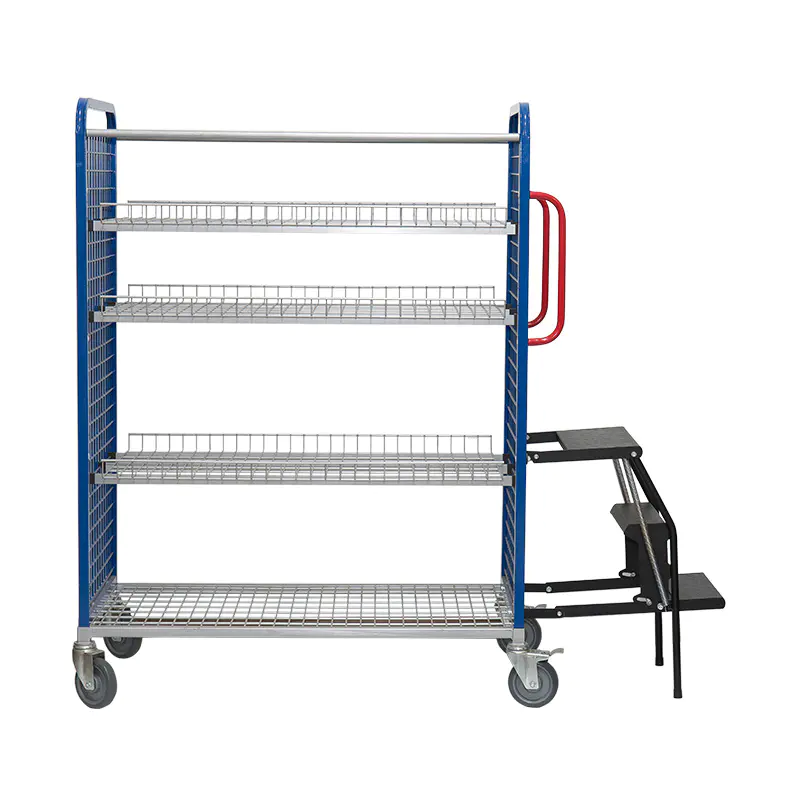
Product specification:This Warehouse wire mesh Multi-Tier Order Picking Trolley adopts a chassis and side panel structur...
See Details -
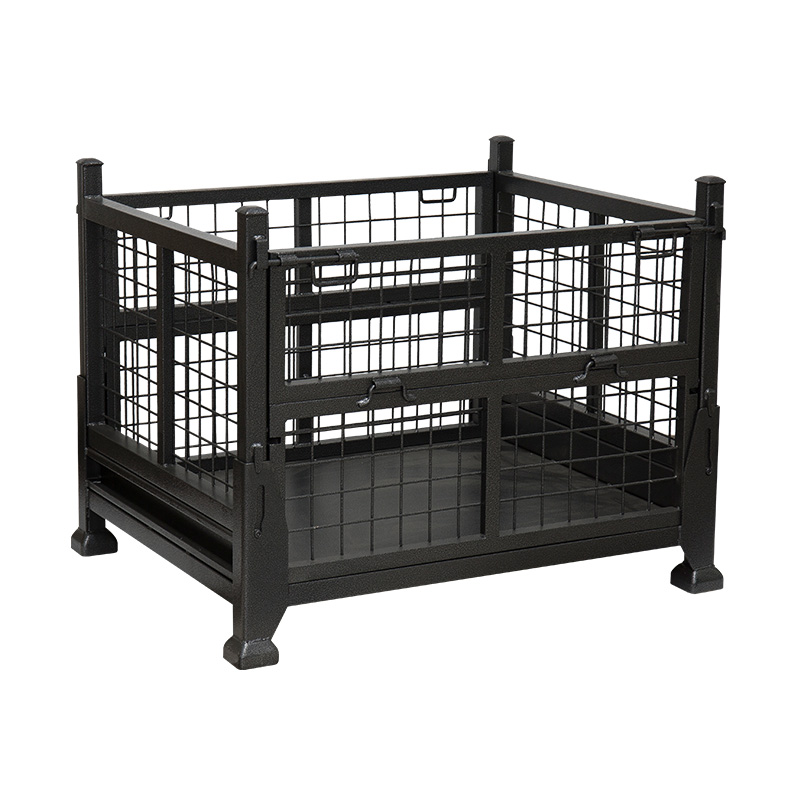
Foldable pallet cages are an important tool in factory logistics. They play an important role in transportation, distrib...
See Details -
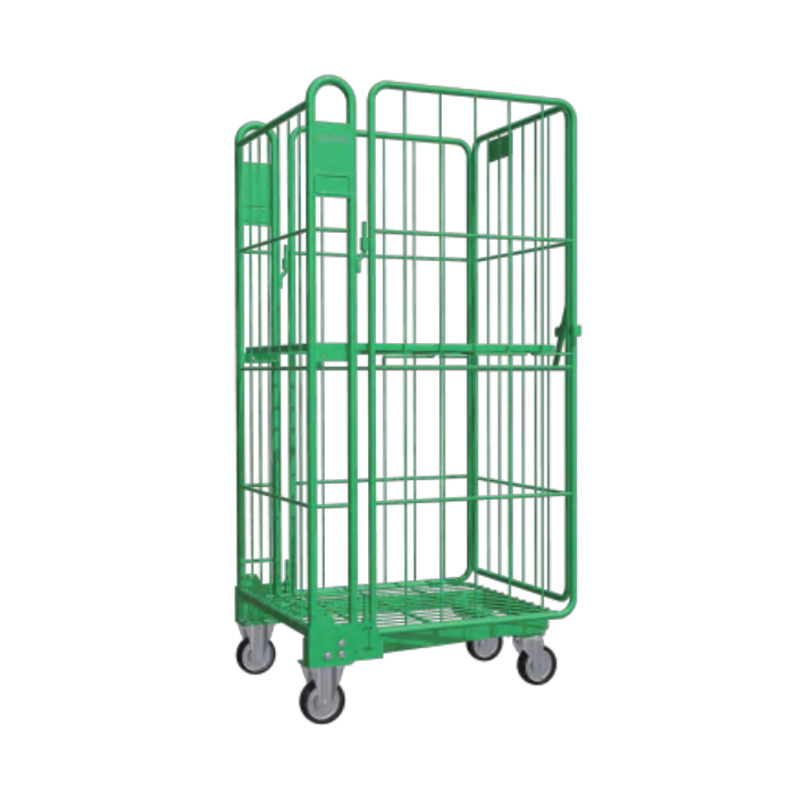
Product specification:The chassis is made of a square tube frame, with a bottom metal sheet tray that can be folded up a...
See Details -
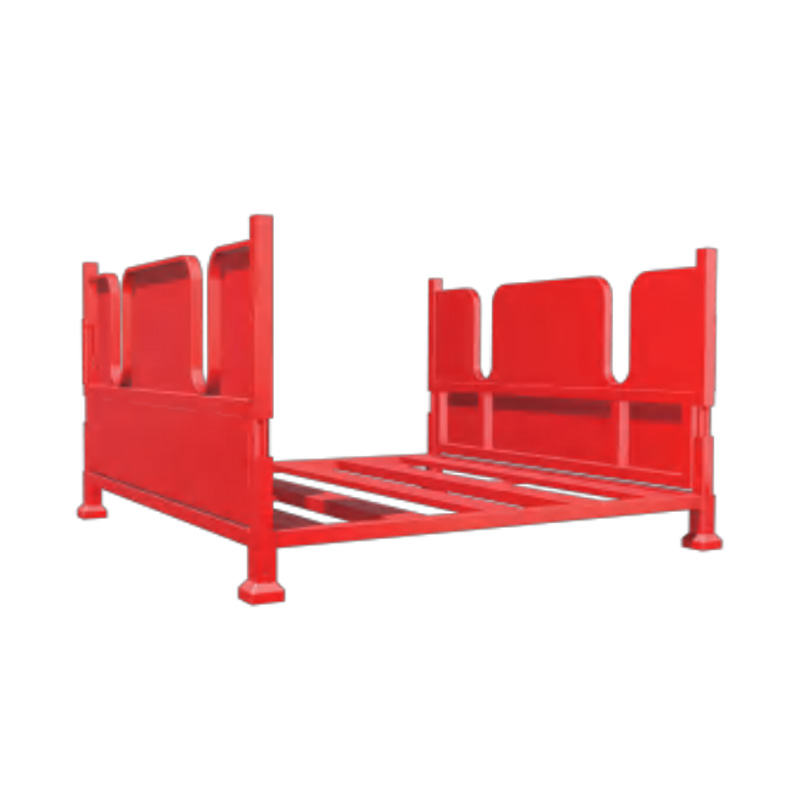
Stacking rack, also known as Qiaogu rack or stacking rackIt is a transportation and storage device derived from pallets ...
See Details -
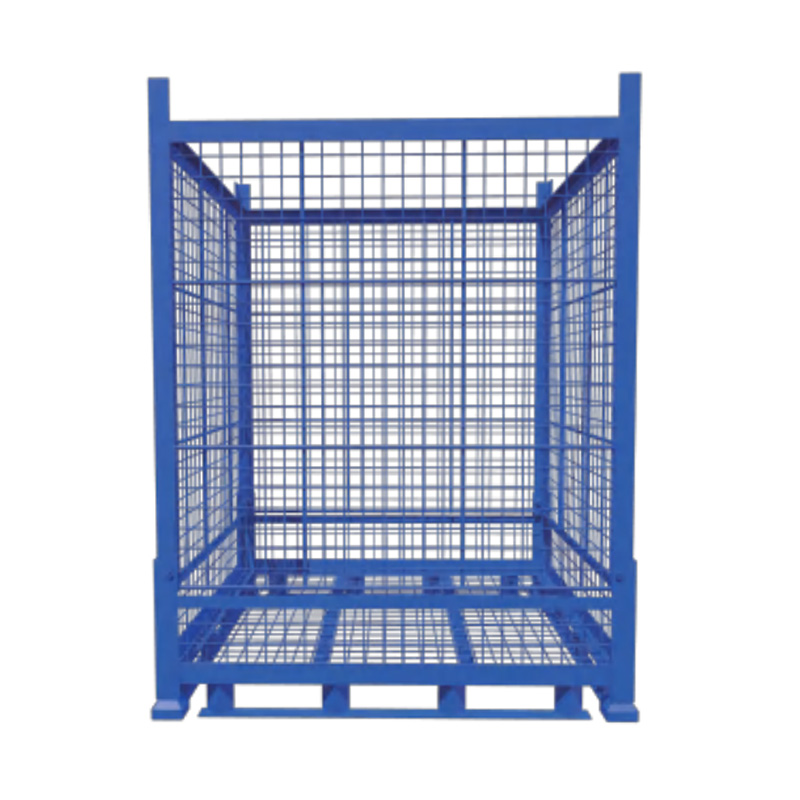
Product specification:Container structure made of L-Type plate frame with 50×50 wire mesh, with base support.Surface tre...
See Details
-
Building B5, No. 138, Weixi Road, Weixi Village, Weitang Town, Xiangcheng District, Suzhou City, China.
-
Tel:
+86-13862140414
+86-13951110334 -
Phone: +86-512-65905480

